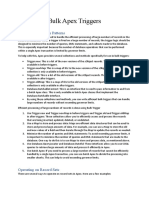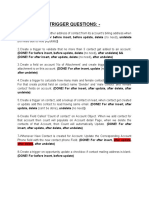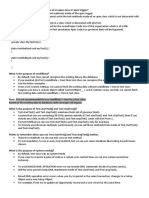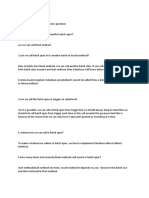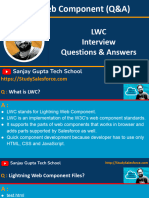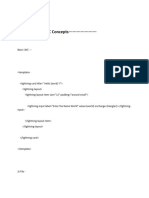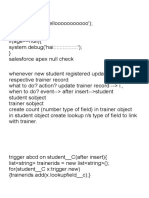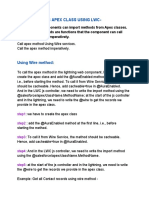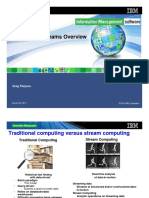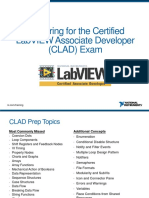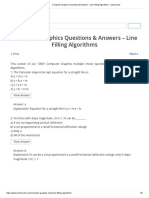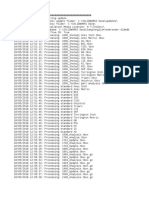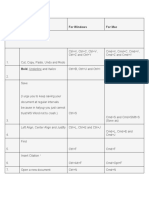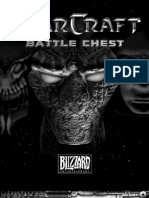0% found this document useful (0 votes)
387 views5 pagesExecution Flow of Trigger/salesforce/apex: This Can Not Be Controlled by Programmer
Triggers allow developers to perform operations before and after data manipulation language (DML) operations on records. Triggers execute based on the type of DML operation (insert, update, delete) and timing (before or after the operation). Best practices for writing triggers include having a single trigger per object, delegating logic to separate classes, bulkifying code to handle multiple record operations, and avoiding hardcoding IDs between environments.
Uploaded by
saurabh pingaleCopyright
© © All Rights Reserved
We take content rights seriously. If you suspect this is your content, claim it here.
Available Formats
Download as DOCX, PDF, TXT or read online on Scribd
0% found this document useful (0 votes)
387 views5 pagesExecution Flow of Trigger/salesforce/apex: This Can Not Be Controlled by Programmer
Triggers allow developers to perform operations before and after data manipulation language (DML) operations on records. Triggers execute based on the type of DML operation (insert, update, delete) and timing (before or after the operation). Best practices for writing triggers include having a single trigger per object, delegating logic to separate classes, bulkifying code to handle multiple record operations, and avoiding hardcoding IDs between environments.
Uploaded by
saurabh pingaleCopyright
© © All Rights Reserved
We take content rights seriously. If you suspect this is your content, claim it here.
Available Formats
Download as DOCX, PDF, TXT or read online on Scribd
/ 5
